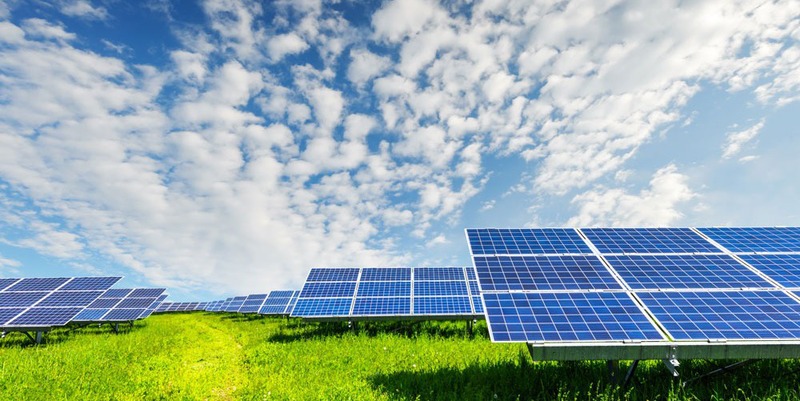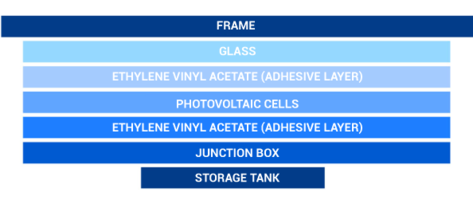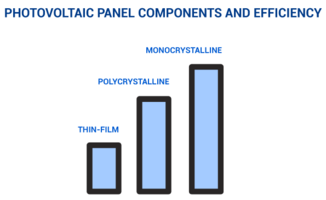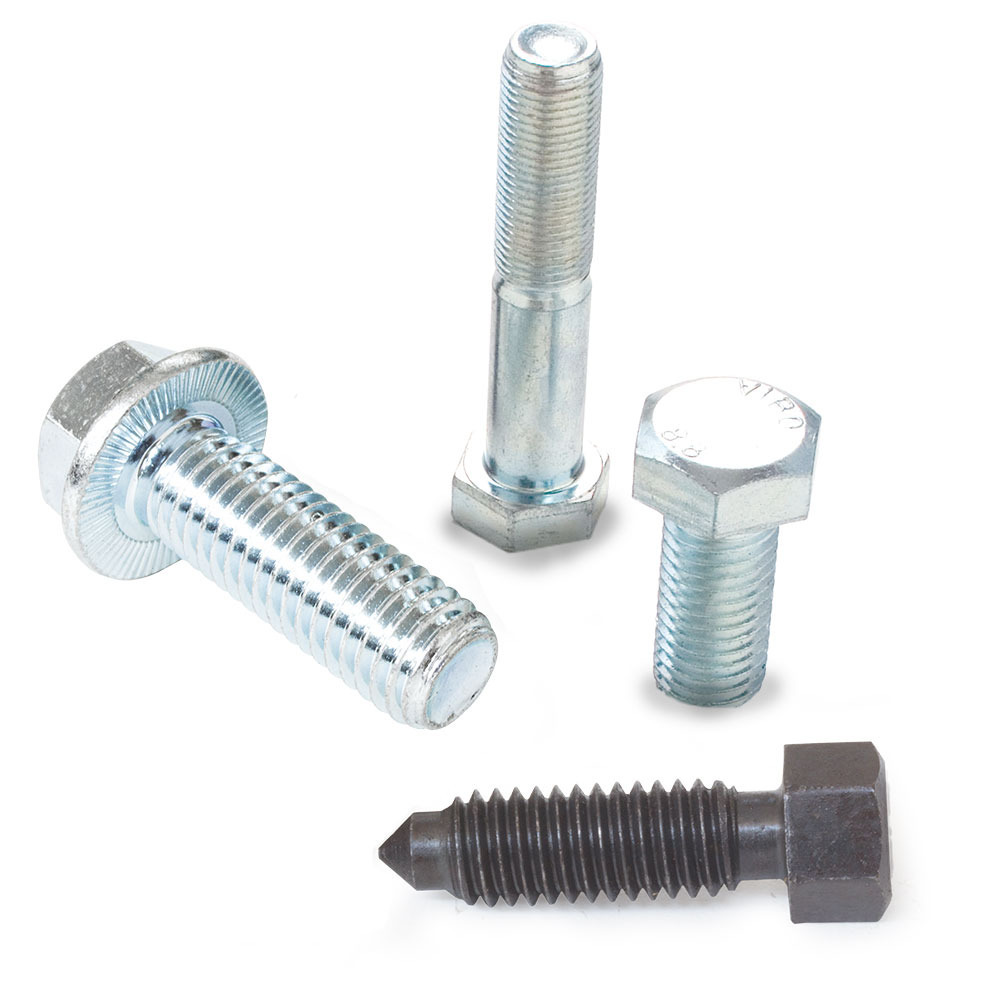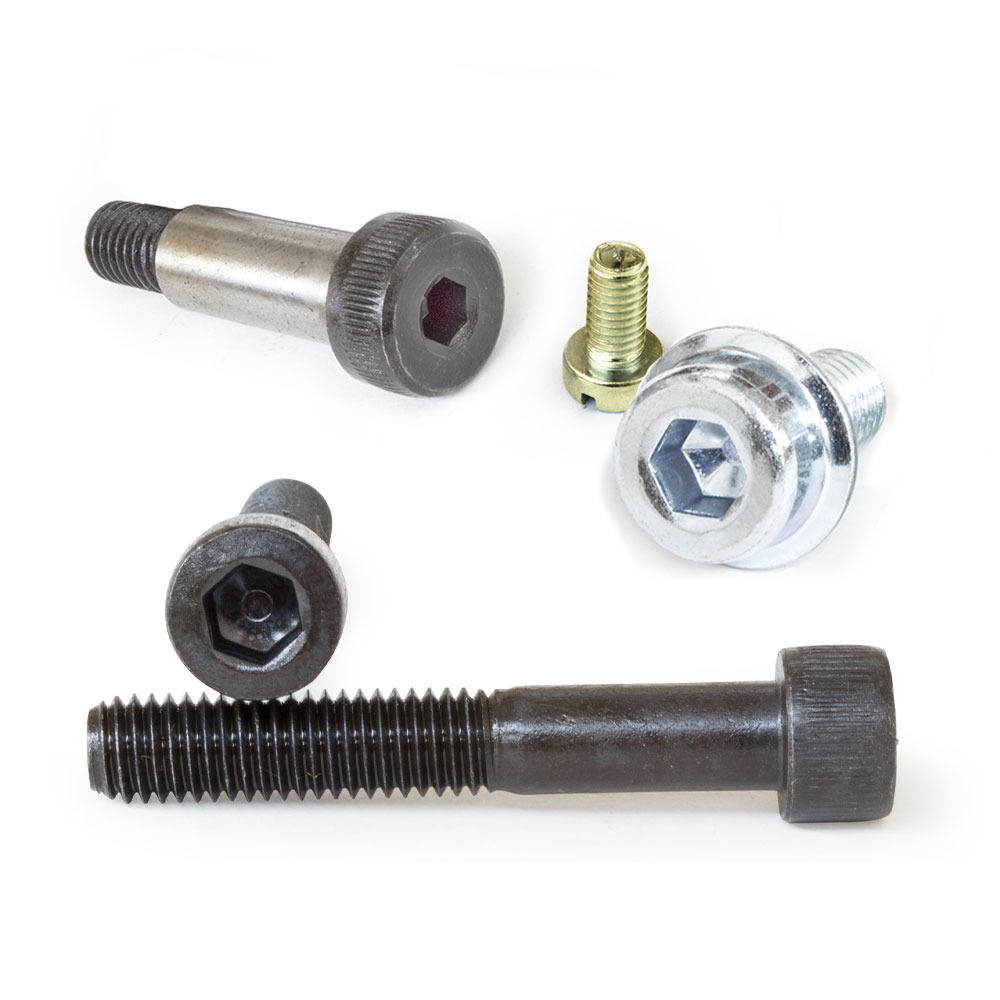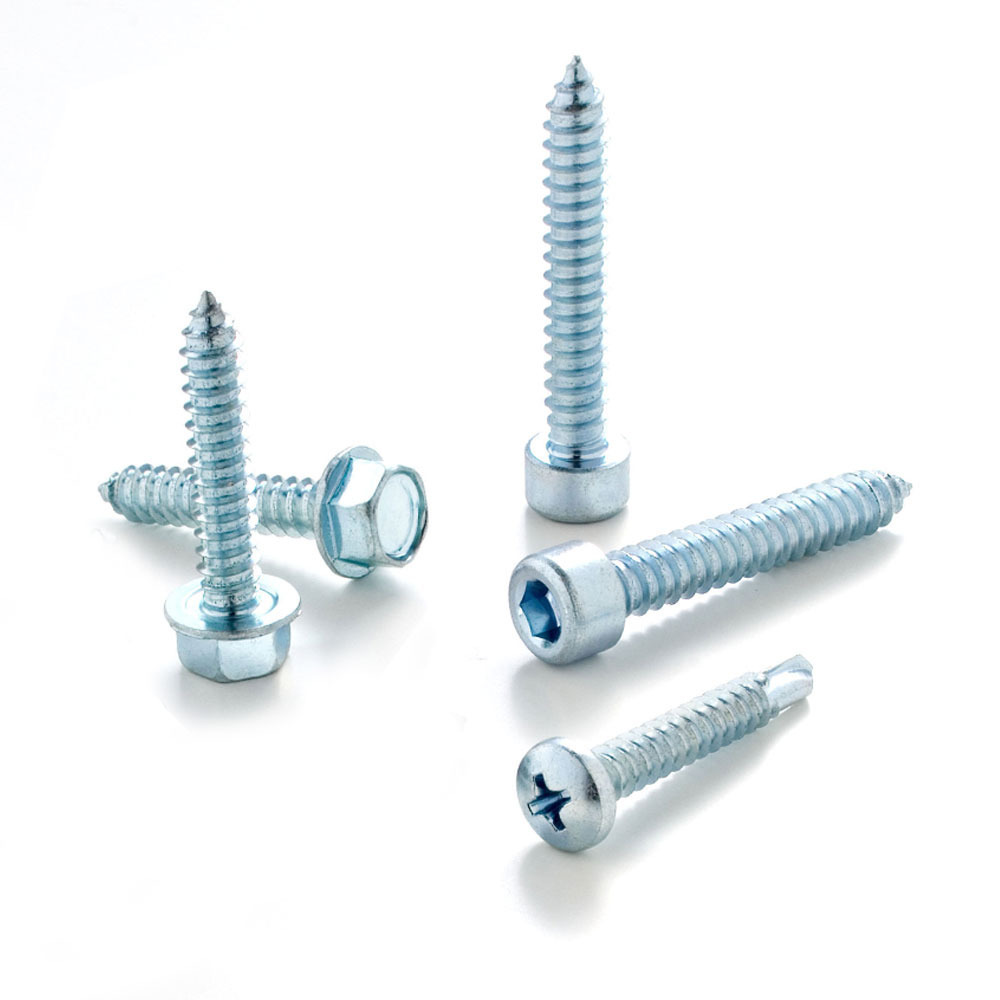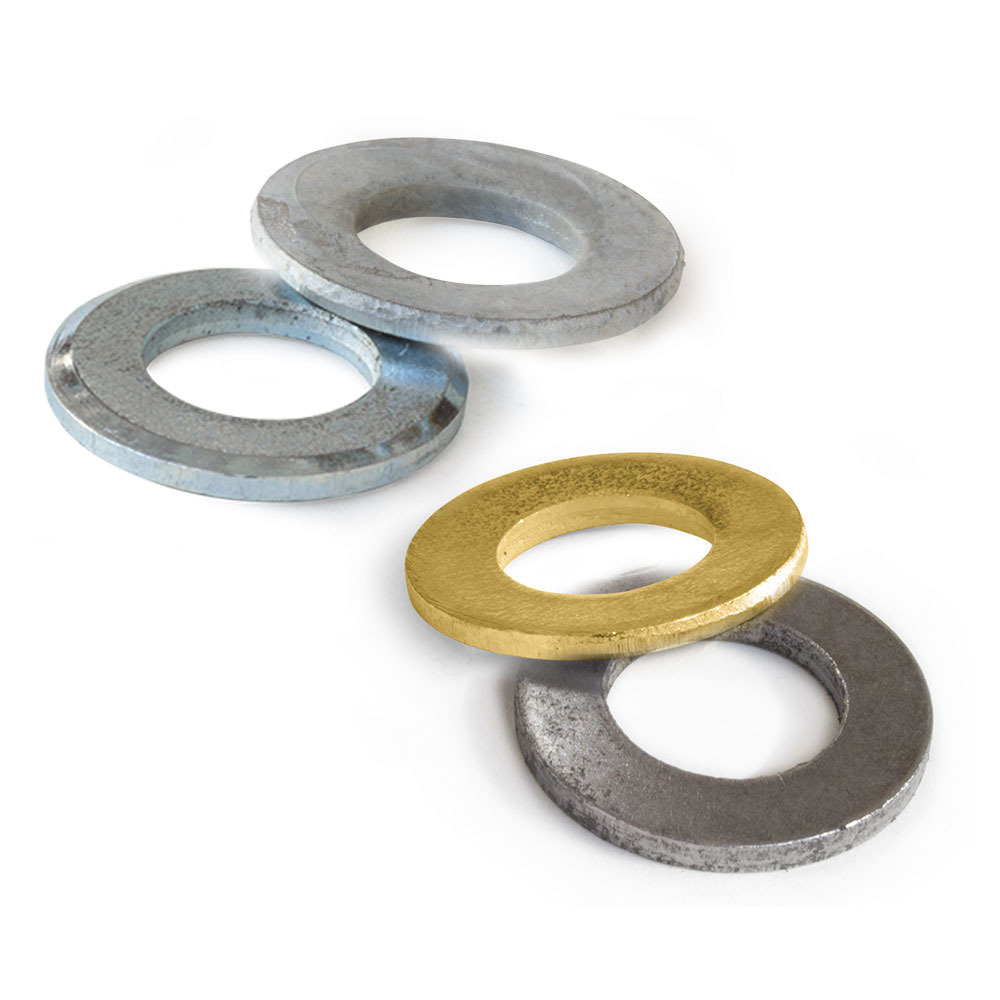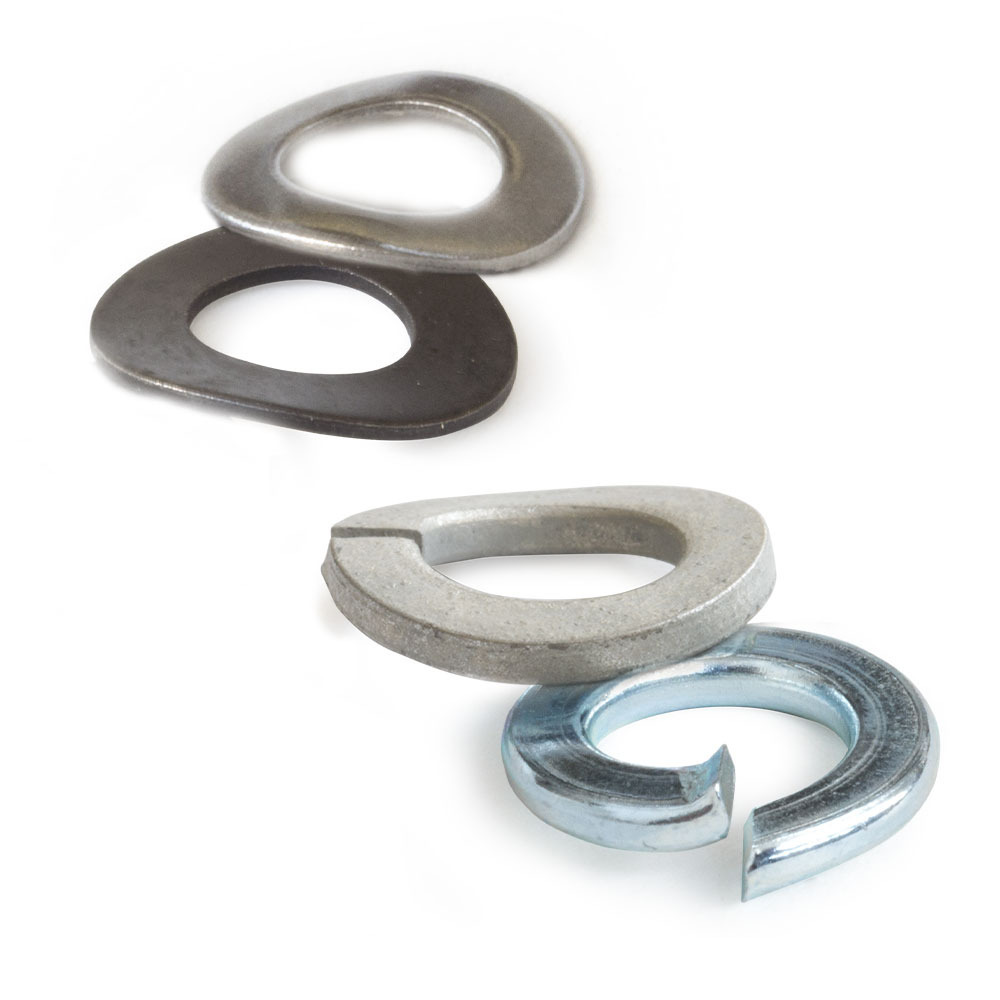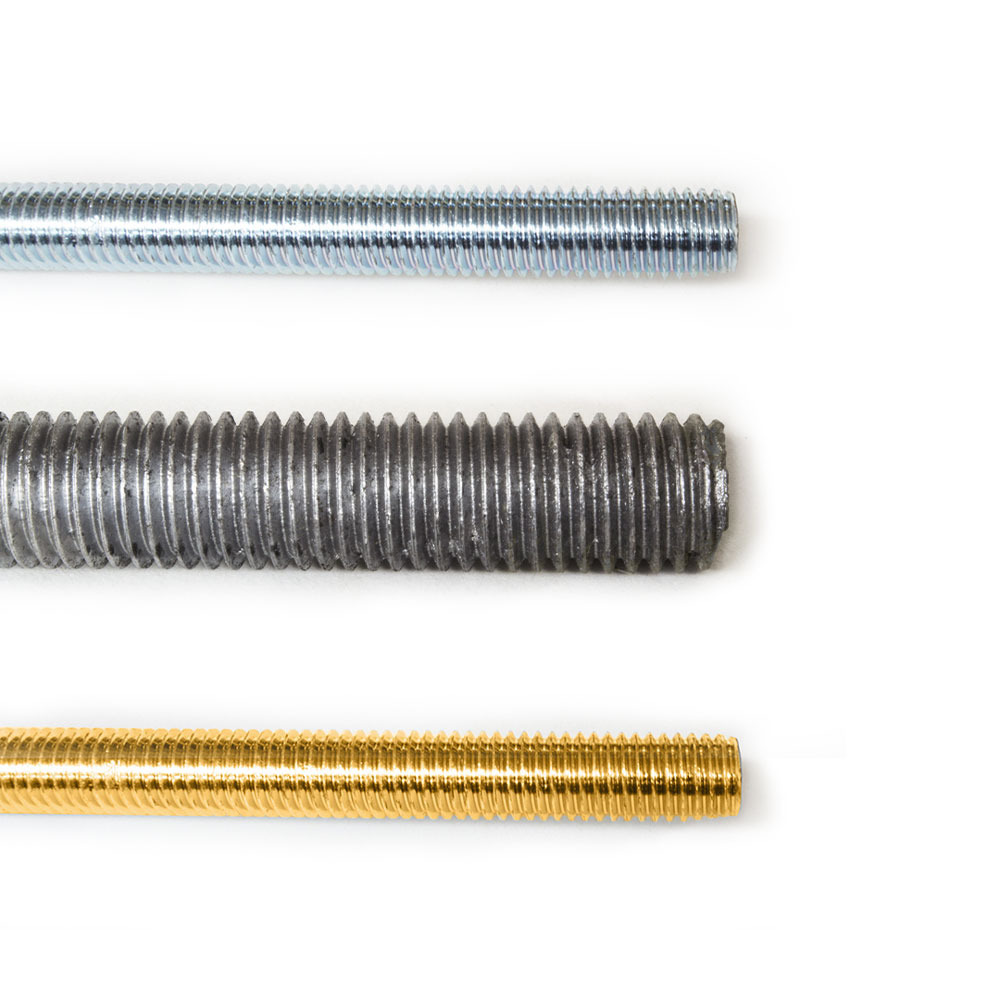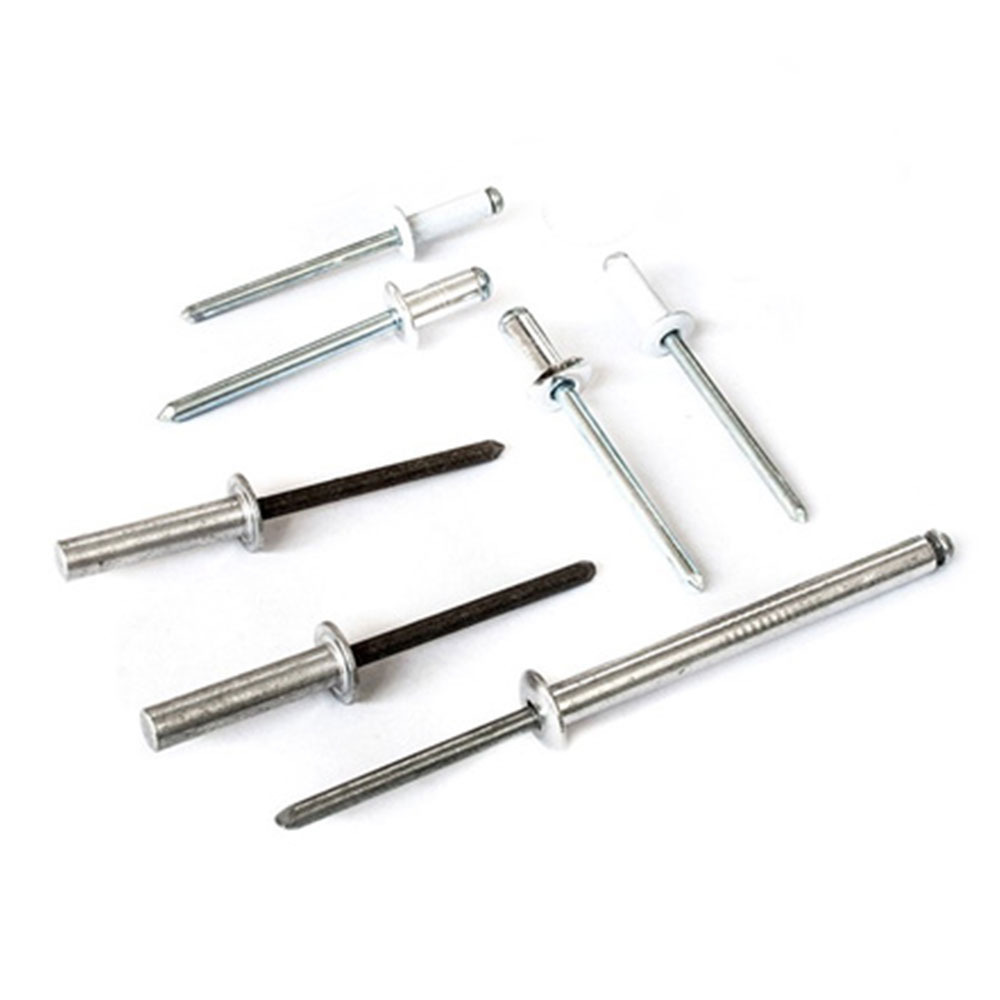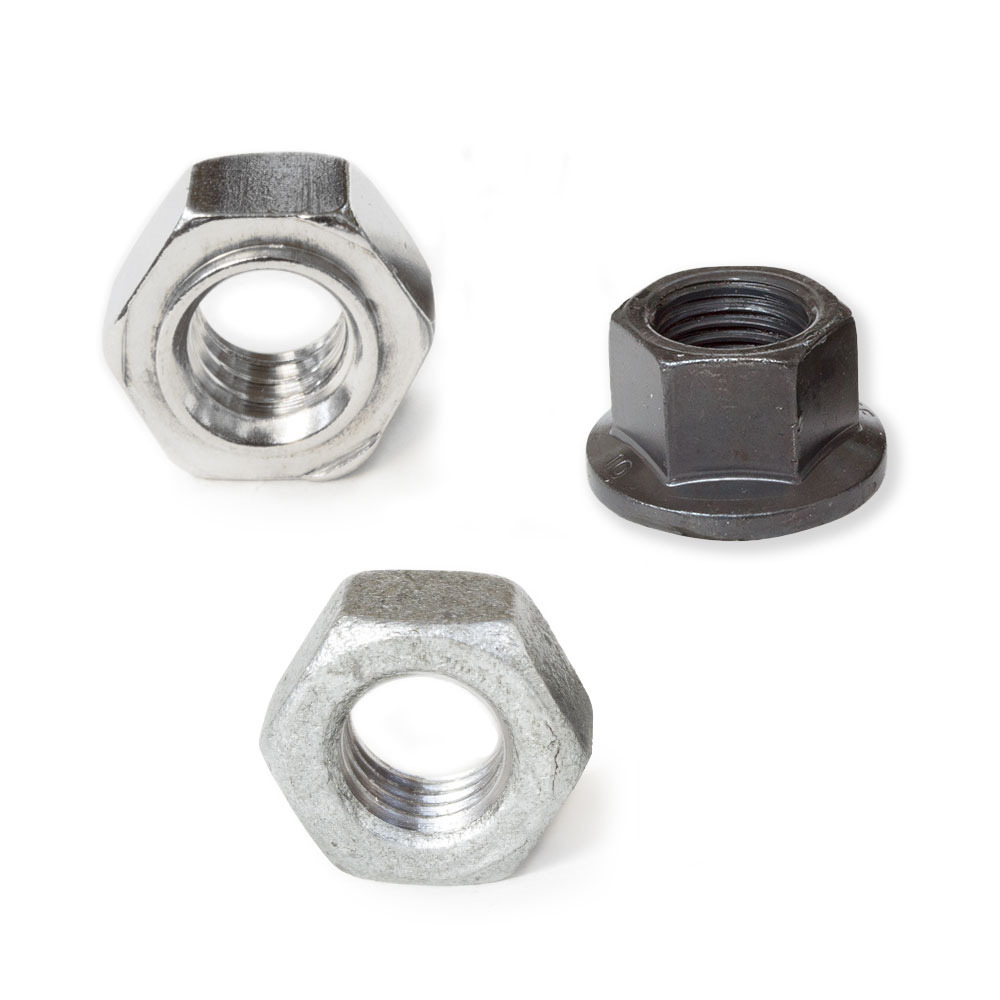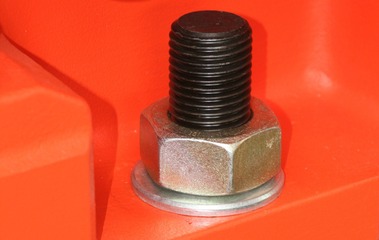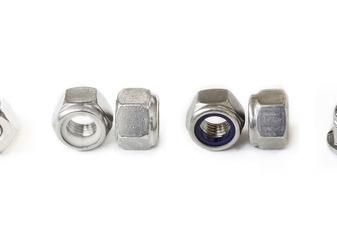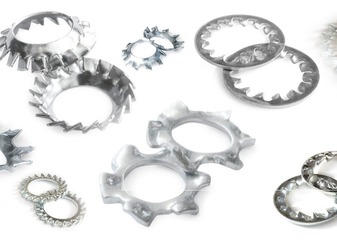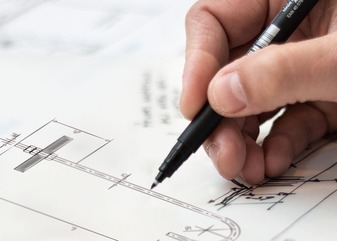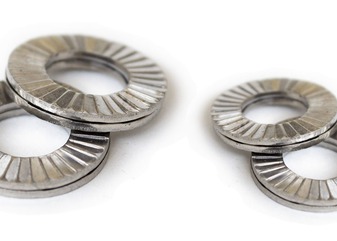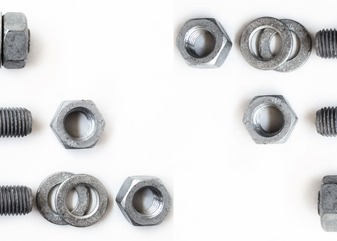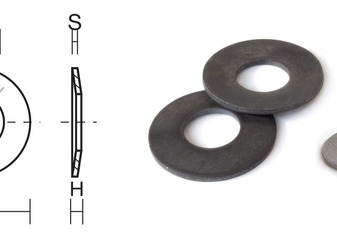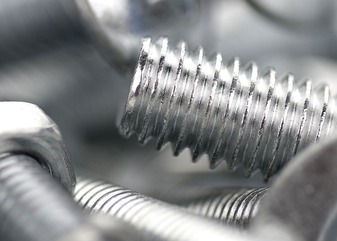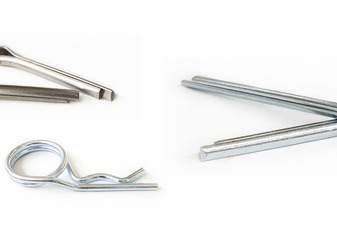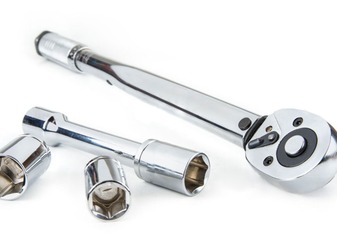Although in common language photovoltaic panels and solar panels are often equated (so much so that they are often defined as "photovoltaic solar panels"), they are not the same product.
What is the difference between a photovoltaic panel and a solar panel?
Photovoltaic panels are devices that convert solar energy into electrical energy. When sunlight hits a photovoltaic cell, the photons of light are absorbed by the silicon. The photons give energy to the electrons, which are released from their bond with the silicon atoms. These free electrons flow through the photovoltaic cell, creating an electric current.
Solar thermal panels are devices that use solar energy to heat water. They consist of tubes or panels that are coated with a material that absorbs the sun's heat. Water flows through the tubes or panels, absorbing the heat and increasing its temperature. The hot water can be used for home heating or for the production of sanitary hot water.
The main difference between photovoltaic panels and solar thermal panels is therefore the type of energy they produce. Photovoltaic panels produce electrical energy, while solar thermal panels produce thermal energy.
Another difference between photovoltaic panels and solar thermal panels is the technology used. Photovoltaic panels use photovoltaic technology, while solar thermal panels use solar thermal technology.
Both types of panels offer a series of advantages, including:
- They produce energy from renewable and clean sources;
- They do not produce greenhouse gas emissions;
- They ensure energy efficiency.
Photovoltaic panels also offer the advantage of being able to produce electricity independently of the electrical grid.
Solar thermal panels, on the other hand, offer the advantage of being used to heat water, reducing domestic heating costs.
Photovoltaic panels and solar thermal panels are both innovative technologies that offer a series of advantages. The choice of the most suitable type of panel depends on the specific needs of the user.
Want to know more? Subscribe to our newsletter.
To request a free quote, contact us at commerciale@univiti.it
 Added to quote
Added to quote